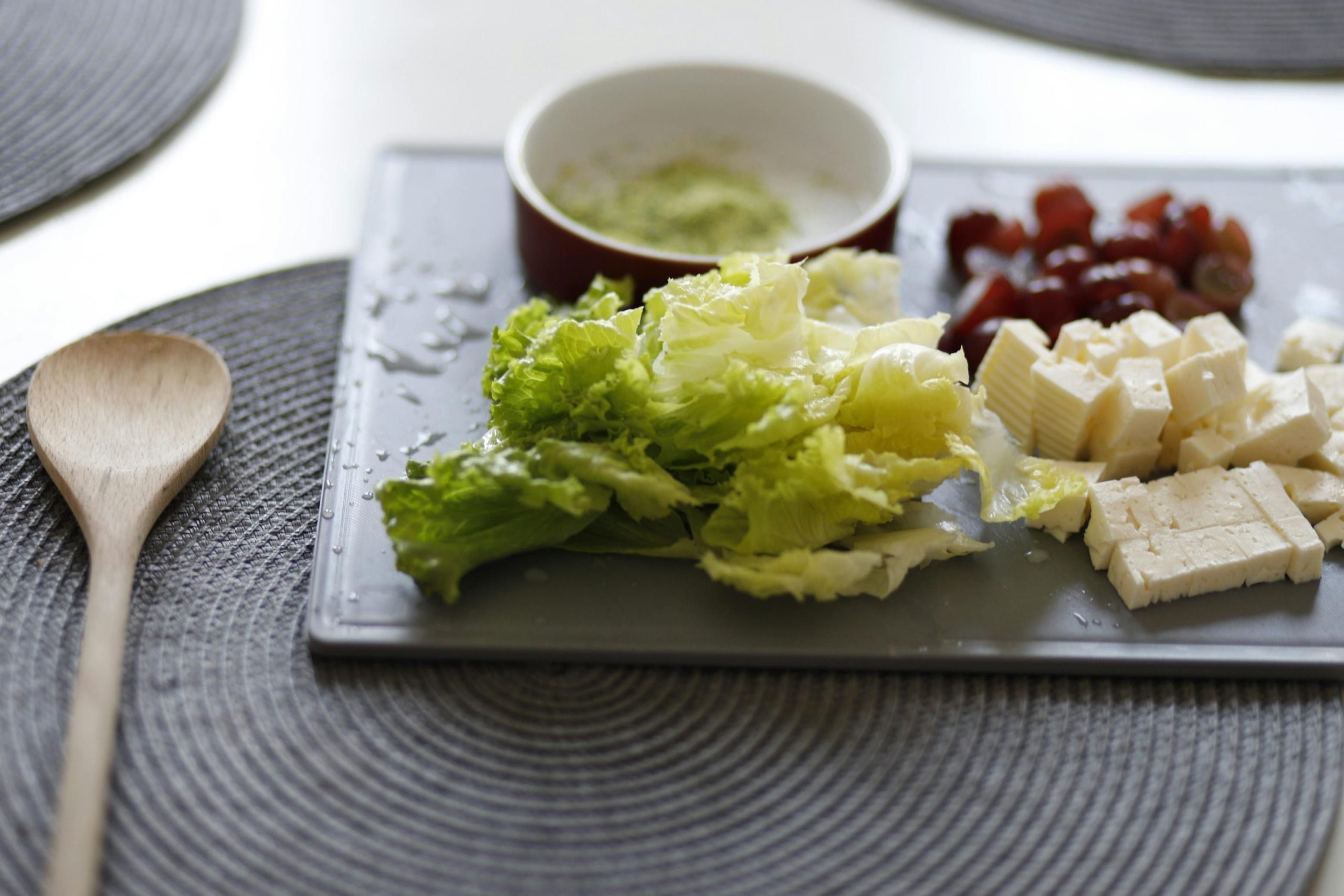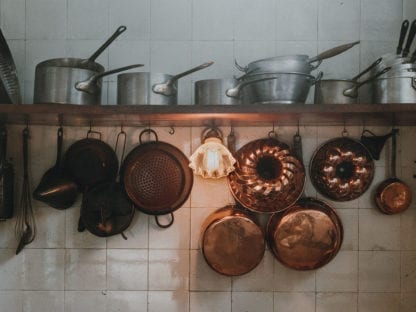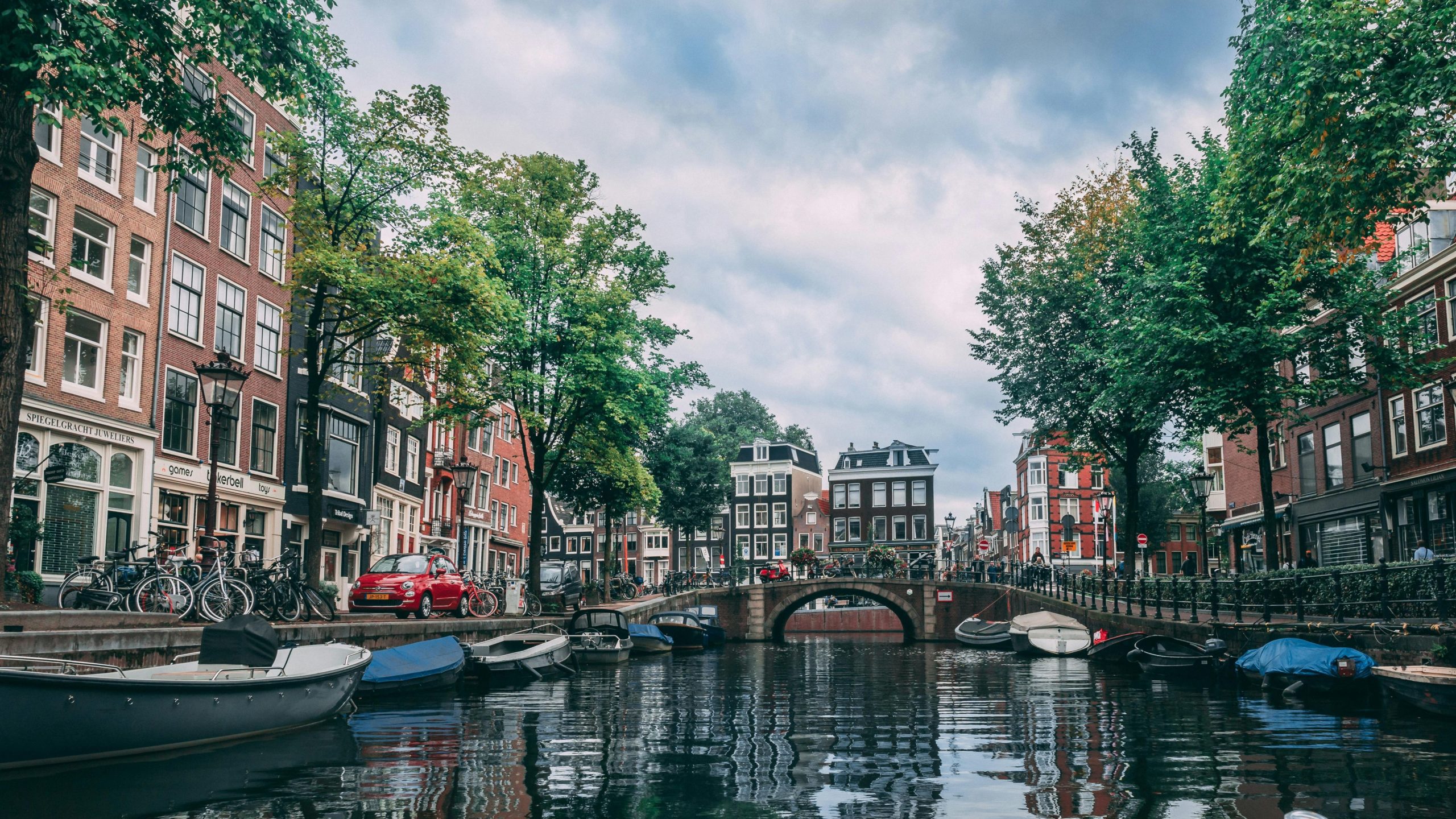Ever wondered what made ancient Roman banquets so legendary?
Finding the connection between historical dining customs and today’s culinary practices can be quite elusive.
Ancient Romans not only cherished their wine, often spiced and diluted, but also enjoyed a variety of foods that ranged from simple grains to lavish feasts, setting a foundation for modern Roman cuisine.
This blog post will dive into the evolution of Roman cuisine, explore iconic dishes, and uncover the best places for authentic Roman food and wine experiences.
Culinary History: Tracing the Evolution of Roman Cuisine

The evolution of Roman cuisine is a fascinating journey from the ancient Roman Empire to the bustling streets of modern Rome. Ancient Romans were culinary innovators who embraced ingredients and cooking techniques from conquered territories, blending them into their own gastronomic traditions. This fusion of flavors laid the groundwork for what we recognize today as Roman cuisine, characterized by its simplicity and emphasis on high-quality, fresh ingredients.
Over the centuries, Roman food has been influenced by various historical events, including the opulence of the Roman banquets that showcased the wealth and power of the elite. These grand meals featured an array of exotic dishes that have trickled down in simpler forms into today’s Roman dishes. The Renaissance further propelled culinary arts in Rome, leading to a refined gastronomy that balances rich traditions with innovative twists.
Today, the legacy of Roman culinary arts continues to thrive, woven into the fabric of the city’s culture. Traditional dishes, passed down through generations, offer a taste of the eternal city’s rich history, while contemporary chefs in Rome innovate these classics, ensuring the cuisine remains vibrant and relevant. This blend of the old and the new captures the essence of Roman culinary history, making it an integral part of the city’s charm and allure.
Ancient Recipes: A Taste of Rome’s Culinary Foundations

Delving into ancient Roman recipes provides a glimpse into the foundational cuisine that has influenced contemporary Roman dishes. Staples such as olive oil and fish sauce were ubiquitous in ancient Roman cooking, used to enhance flavor in a variety of dishes. Recipes like ‘puls’, a simple porridge made from spelt, and more complex preparations such as stuffed dormice, highlight the Romans’ culinary versatility and their ability to create lavish meals from simple ingredients.
These ancient recipes not only reflect the ingenuity of Roman cooks but also their strategic use of available resources. The famous garum, a type of fish sauce, exemplifies this, as it was used to season dishes across all social strata. By exploring these ancient recipes, we can appreciate the continuity and evolution of Roman cuisine, seeing how age-old techniques and flavors continue to shape modern culinary practices in Rome.
Iconic Dishes: The Heart of Roman Cuisine

Roman cuisine is celebrated for its bold flavors and simple yet elegant preparations. Among the most iconic dishes that define this culinary tradition are Spaghetti alla Carbonara and Saltimbocca alla Romana. These dishes not only offer a delicious taste experience but also reflect the historical and cultural richness of Rome. Carbonara, for instance, combines guanciale (cured pork jowl), egg yolks, and pecorino cheese, creating a creamy sauce without using cream.
Saltimbocca alla Romana is another staple of Roman cuisine, featuring veal wrapped in prosciutto crudo and sage, cooked until tender. The name itself, meaning “jumps in the mouth,” suggests the delightful burst of flavor it offers. Other notable dishes include:
- Cacio e Pepe: A simple pasta dish emphasizing the sharp tastes of Pecorino Romano and black pepper.
- Coda alla Vaccinara: Oxtail stewed in a rich tomato sauce, a testament to Rome’s tradition of using every part of the animal.
Each of these dishes showcases the use of local ingredients like pecorino cheese and artichokes, which are staples in Roman cooking. The prominence of these ingredients highlights the Romans’ commitment to freshness and regional produce, ensuring that each dish not only tastes good but also embodies the essence of Roman culinary heritage. As such, these iconic dishes are more than just food; they are a celebration of Rome’s history and culture, served on a plate.
Markets and Delis: Shopping Like a Local in Rome

In Rome, local markets and delis are not just places to shop; they are vibrant hubs of culture and culinary tradition. Campo de’ Fiori, the oldest food market in Rome, offers a variety of fresh, locally-sourced ingredients such as fruits, vegetables, and cheeses. Here, food lovers can immerse themselves in the authentic Roman food scene, experiencing the lively atmosphere and the art of bargaining with friendly vendors.
For those seeking a more modern market experience, Mercato Testaccio is the place to be. Known for its wide selection of street foods and fresh produce, this market allows visitors to taste Rome’s culinary diversity in one place. From traditional Roman sandwiches to fresh seafood, Mercato Testaccio showcases the richness of Roman cuisine, making it a must-visit for anyone wanting to shop like a local.
Enotecas: Discovering Rome’s Wine Havens

Enotecas, or wine bars, are essential stops for anyone looking to delve into Rome’s rich wine culture. These intimate havens offer an extensive selection of local and regional wines, often accompanied by small plates of traditional Italian bites. Visitors can explore the deep flavors of wines from across Italy, each glass telling a story of its vineyard’s heritage and the meticulous craft of winemaking.
Among the most celebrated enotecas in Rome, you’ll find places like Enoteca Cavour 313 and Enoteca al Parlamento Achilli, each boasting impressive wine lists that include both well-known and obscure labels. These spots provide:
- A chance to taste rare and coveted wines
- The opportunity to pair glasses with exquisite Italian canapés or meals
- A cozy atmosphere that blends modern tastes with historical charm
Local Wines: Rome’s Hidden Gems
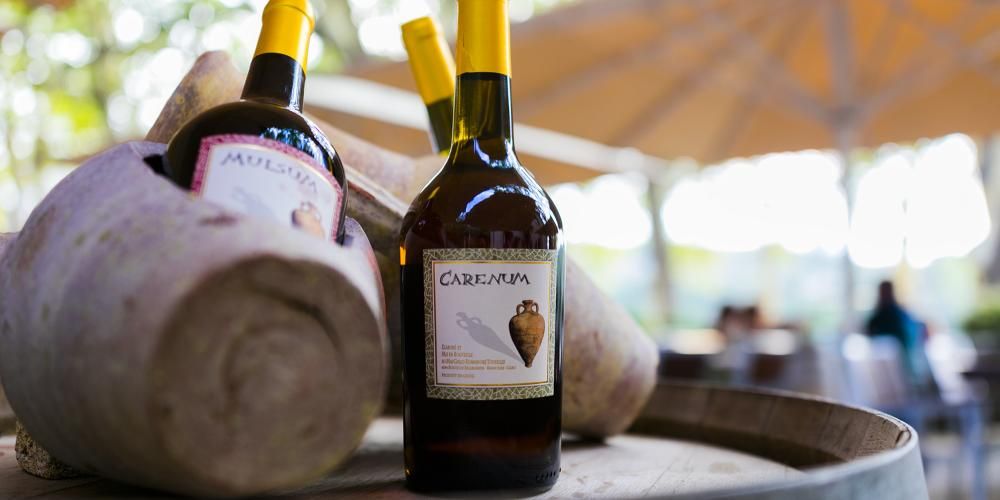
Rome’s wine scene extends beyond its famous landmarks, hiding treasures like the wines from the Castelli Romani area. These local wines, often overshadowed by more famous Italian wines, boast unique flavors derived from the volcanic soil of the region.
When visiting Rome, adventurous wine lovers can explore enotecas that feature selections from Castelli Romani. These wines, characterized by their crisp acidity and aromatic profiles, offer a delightful contrast to the more robust wines found elsewhere in Italy.
Dining Experience: What to Expect in Roman Restaurants

When dining in Rome, expect a warm and relaxed atmosphere that reflects the city’s rich culinary heritage. Most traditional eateries, including trattorias and osterias, offer a laid-back setting where the focus is on enjoying the meal and the company. You’ll often find that meals are not rushed, and the ambiance invites you to savor each bite, from the antipasti to the dolci.
The typical dining experience in Rome involves several customary practices:
- Meal Times: Dinner usually starts late, around 7:30 PM to 10:30 PM.
- Reservations: While not always necessary, making reservations is advisable for popular spots, especially for dinner.
- Service: In the relaxed dining atmosphere, you might need to actively seek out a server for the check, known as il conto, when you are ready to leave.
Cooking Classes: Mastering Roman Dishes
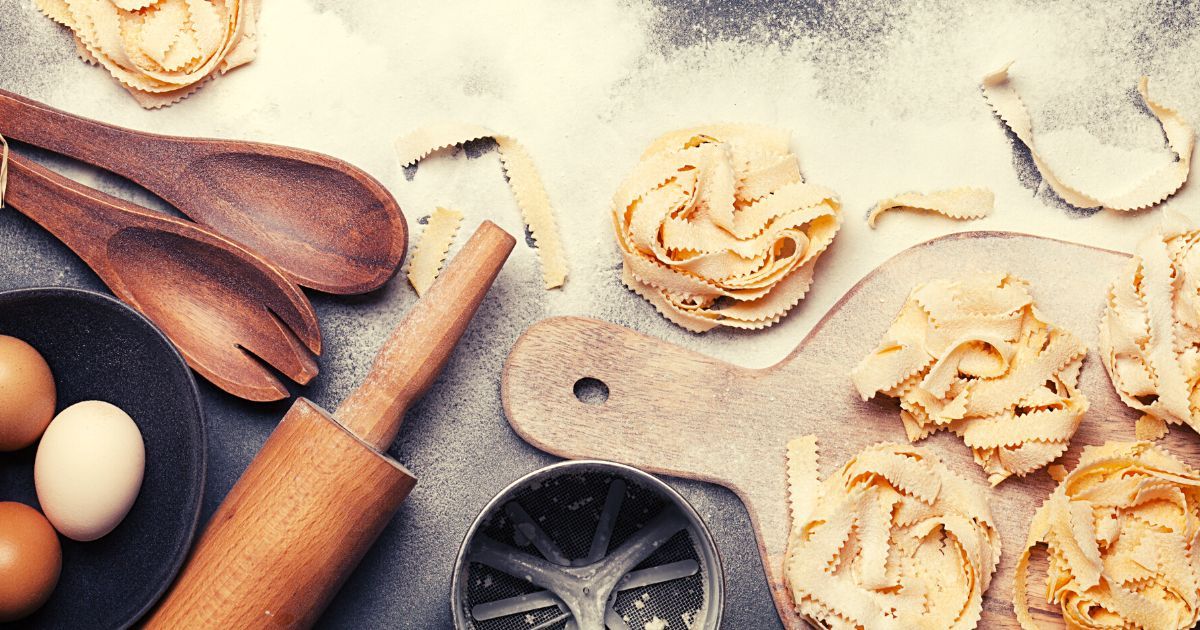
For those eager to dive deeper into Roman culinary arts, numerous cooking classes are available in Rome, offering hands-on experience in preparing traditional Roman dishes. These classes are designed for both tourists and locals, providing an authentic glimpse into the art of Roman cooking. From making the perfect Carbonara to crafting delicate Saltimbocca, these classes cover a wide range of iconic Roman recipes.
Participants in these cooking classes benefit from:
- Learning directly from expert chefs who specialize in Roman cuisine.
- Gaining practical skills in a fun and interactive environment.
- The opportunity to cook and then enjoy their own creations, making the experience both educational and delicious. This immersive approach not only enhances cooking skills but also deepens the appreciation for Roman culinary traditions.
Guided Tours: Immersive Food and Wine Adventures in Rome
Guided food and wine tours in Rome offer a comprehensive culinary experience that is both educational and enjoyable. These tours typically include multiple stops at local eateries, markets, and sometimes even historical sites, providing a deep dive into the city’s rich culinary traditions. Participants have the opportunity to taste a variety of dishes and wines, which are often selected to represent the best of Roman cuisine.
The benefits of these guided tours are manifold:
- Expert guides share insights about the food’s history and preparation.
- You get to explore different neighborhoods, each with its own culinary character.
- There’s an option to customize tours, such as adding a wine tasting or visiting specific landmarks, making the experience unique and tailored to personal tastes.
Explore Culinary Delights with Indulge‘s Exclusive Tours
INDULGE offers a unique opportunity to explore Zurich’s culinary landscape through expertly curated tours that cater to all tastes and interests. Whether you’re a visitor eager to uncover the secrets of Swiss cuisine or a local foodie looking to delve deeper into Zurich’s food scene, INDULGE‘s tours are designed to enhance your appreciation of fine dining and regional specialties.
Each tour is led by knowledgeable guides who are passionate about food and wine, providing insights into the preparation and history behind each dish. Participants will enjoy:
- Tastings of over 15 Swiss specialties and international delights
- Exclusive Wine & Dine experiences featuring multiple courses in Zurich’s vibrant districts
This personalized approach ensures a culinary adventure that is both enriching and unforgettable.
Frequently Asked Questions
What food did Romans eat and drink?
Ancient Romans enjoyed a variety of foods including grains, olive oil, fish sauce, and dishes like ‘puls’ (a simple porridge made from spelt). They also cherished wine, often spiced and diluted, as a staple beverage. Their feasts could range from simple meals to lavish spreads featuring exotic dishes.
What did Romans eat with wine?
Romans often paired their wine, which was typically spiced and diluted, with a variety of foods. This could include simple staples like bread and olives or more elaborate dishes served at banquets. The famous garum, a type of fish sauce, was also used to season many dishes that could accompany wine.
What is the traditional food of Rome?
Traditional Roman cuisine includes dishes like Spaghetti alla Carbonara, Saltimbocca alla Romana, Cacio e Pepe, and Coda alla Vaccinara. These dishes are celebrated for their bold flavors and simple yet elegant preparations, utilizing local ingredients like pecorino cheese and artichokes.
What food and drink is Rome known for?
Rome is known for its iconic dishes such as Spaghetti alla Carbonara and Saltimbocca alla Romana, which showcase the city’s culinary heritage. The city is also celebrated for its wine culture, with local and regional wines available in various enotecas (wine bars). Additionally, Rome’s markets and delis offer an array of local foods like fresh produce, cheeses, and traditional Roman sandwiches.


